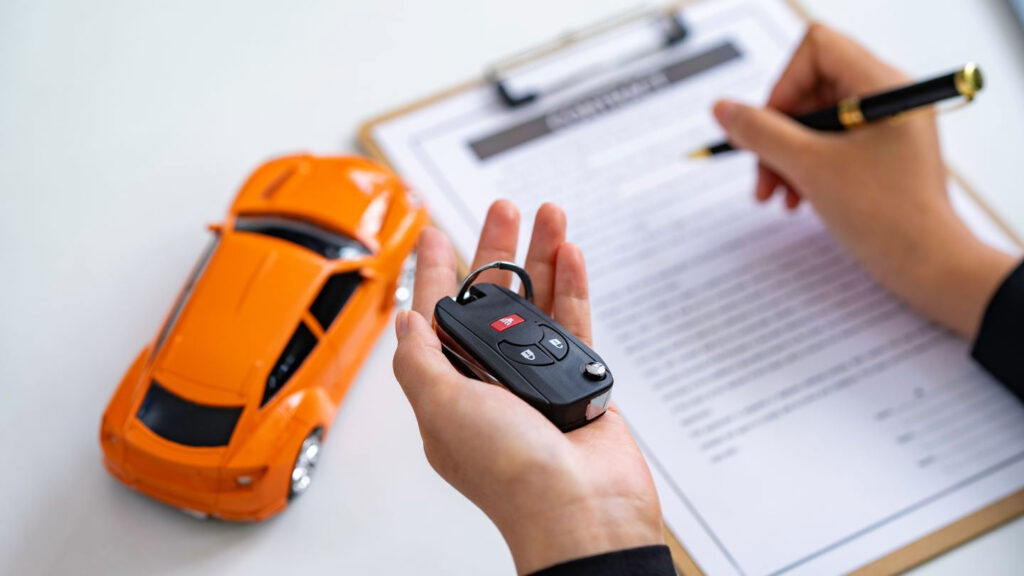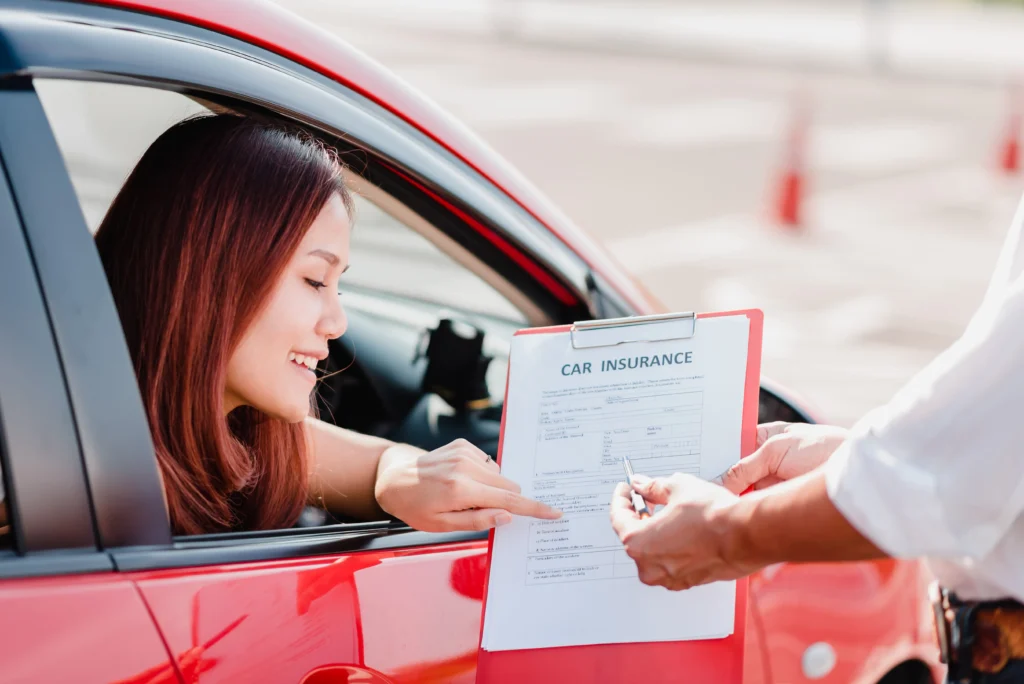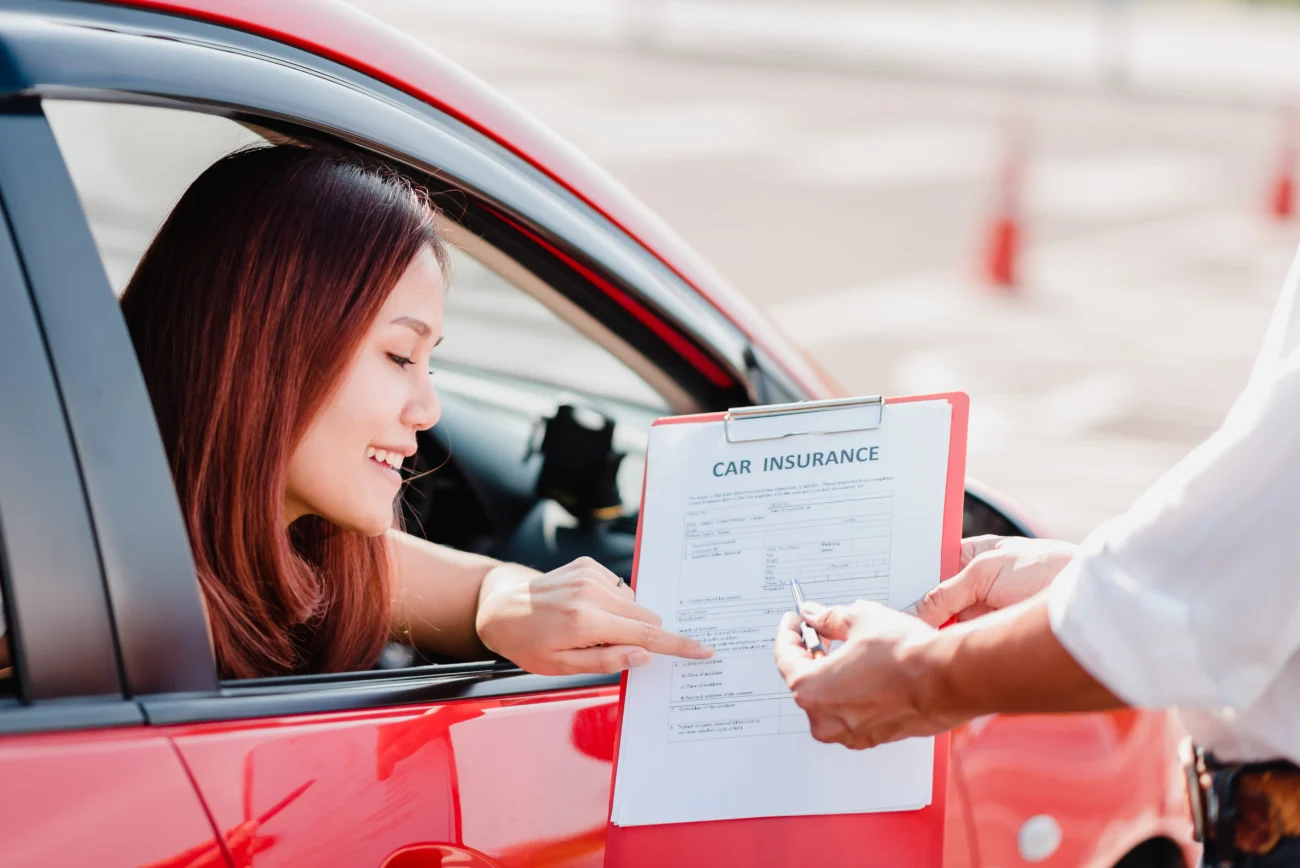Introduction
Auto insurance is a major expense for many drivers, but that doesn’t mean you have to overpay. In 2025, rates vary widely depending on your zip code, driving history, vehicle type, and even your credit score. So, the key to lowering your premium starts with understanding how local insurance pricing works—and how to shop smart.
In this guide, you’ll learn how to find the cheapest auto insurance in your zip code, what factors affect rates in your area, and tips to score discounts without sacrificing coverage.

Why Auto Insurance Rates Depend on Your Zip Code
Insurance companies use your zip code to assess risk. This includes:
- Accident frequency in your area
- Vehicle theft and vandalism rates
- Population density and traffic volume
- Weather patterns and natural disaster risk
- State laws and regulations
For example, if you live in a dense urban area like Los Angeles or Chicago, you’re likely to pay more than someone in a rural area with fewer claims.
Step-by-Step: How to Find the Cheapest Auto Insurance in Your Zip Code
Here’s a proven 8-step strategy to help you uncover the lowest rates available in your local area:
1. Use an Online Comparison Tool
Start by entering your zip code into a reputable insurance comparison website like:
- The Zebra
- Compare.com
- Policygenius
- Gabi
Want to get wristwatches check here
These platforms let you view real-time quotes from multiple carriers based on your location and profile.
Pro Tip: Use at least two different tools to cross-check rates and options.

2. Get Quotes from Local and Regional Insurers
Don’t rely solely on national companies like GEICO, State Farm, or Progressive. Local and regional insurers often offer more competitive pricing because they specialize in your state or city.
Examples:
- Auto-Owners Insurance (Midwest & South)
- Erie Insurance (Mid-Atlantic)
- Texas Farm Bureau (Texas residents)
Use your zip code to identify local options through state insurance department websites or review platforms.
3. Look for Zip Code-Specific Discounts
Insurers may offer special deals based on local conditions. Examples include:
- Low-mileage discounts in commuter-heavy zip codes
- Garage parking discounts in cities with high theft rates
- Bundled policies in areas prone to weather damage (e.g., bundling auto + home in Florida)
Always ask: Are there any location-based discounts available in my zip code?
4. Adjust Coverage Based on Local Risks
Don’t buy more than you need—but also don’t skimp on protection.
Ask these questions based on your zip code:
- Is car theft common here? ➜ Get comprehensive coverage
- Are accident rates high? ➜ Ensure collision and liability coverage
- Do you live in a flood or hurricane zone? ➜ Confirm natural disaster coverage
Example: If you live in Phoenix, Arizona, you might skip full coverage on an old car because the area has low crime and mild weather. But in Miami, you’ll want strong protection against flood and hurricane damage.
5. Use Telematics or Usage-Based Insurance Programs
Many providers now offer zip code-specific usage-based insurance programs, which track how you drive and offer lower rates for safe or infrequent driving.
Top Programs:
- Progressive Snapshot
- GEICO DriveEasy
- Allstate Drivewise
- Nationwide SmartRide
If you live in a low-traffic zip code or work remotely, this could save you up to 30%.
6. Check Your Zip Code’s Average Rates
You can look up your zip code’s average car insurance premium using tools like:
- ValuePenguin’s Insurance Maps
- The Zebra’s State-by-State Guide
- NerdWallet’s Cost by Zip Code Tool
Knowing your local average gives you a benchmark to compare against. If you’re being quoted much higher, it’s a red flag to shop around more aggressively.
7. Bundle with Home or Renters Insurance
If you own a home or rent an apartment, bundling your auto insurance can unlock major savings—especially in high-risk zip codes.
Example:
In zip code 11226 (Brooklyn, NY), bundling auto and renters insurance with Liberty Mutual saved some users 15–25% on their total premium.
Even if you don’t own a home, bundling with renters insurance can still qualify for a discount.
8. Ask About Local Group Discounts
In certain zip codes, insurers may offer affinity discounts if you’re a member of:
- Credit unions
- Universities or alumni groups
- Unions
- Military bases
- Government jobs
Ask insurers:
“Do you offer group discounts based on local organizations in my area?”
Real-World Example: Comparing Auto Insurance by Zip Code
Let’s say you live in Dallas, Texas (Zip Code: 75201).
| Insurance Provider | Monthly Premium | Special Notes |
|---|---|---|
| GEICO | $130 | Good student discount applied |
| State Farm | $142 | Local agent helped adjust coverage |
| Texas Farm Bureau | $115 | Regional provider, limited online options |
| Progressive Snapshot | $125 | Based on low-mileage tracking |
| Root Insurance | $98 | Telematics-based coverage, limited availability |
As you can see, Root Insurance and Texas Farm Bureau offer the lowest rates—but only if you qualify and meet their specific conditions.
Factors That Impact Auto Insurance Rates in Your Area
Understanding what influences rates in your zip code will help you shop smarter.
a. Crime Rate
High crime = higher theft risk = higher premiums.
Use sites like NeighborhoodScout to check crime stats in your zip code.
b. Weather Patterns
Areas prone to hurricanes, flooding, or wildfires tend to have higher comprehensive rates.
c. Traffic and Accidents
Urban zip codes with dense traffic and high accident rates are riskier for insurers.
d. Litigation Trends
Zip codes with high legal claims or lawsuit frequency can drive up liability premiums.
Extra Tips to Lower Your Local Auto Insurance Cost
Even within an expensive zip code, you can reduce your premium by:
Maintaining a Clean Driving Record
Avoid tickets, accidents, and DUIs. Most insurers lower rates after 3–5 years of clean driving.
Increasing Your Deductible
Higher deductibles mean lower monthly payments—but be sure you can afford the deductible if you file a claim.
Paying Annually Instead of Monthly
Some insurers offer a discount of 5–10% for paying your annual premium in full.
Improving Your Credit Score
In most states, your credit score affects your auto insurance rate. Improve it to lower your quote.
Installing Anti-Theft Devices
Alarm systems, tracking devices, and steering locks may qualify you for safety discounts—especially in high-crime zip codes.
When Should You Shop for a New Policy?
Even if you already have coverage, you should re-shop your auto insurance:
- Every 12 months
- After moving to a new zip code
- After a life event (e.g., marriage, new job, vehicle change)
- If your current premium increases significantly
Pro Tip: Set a calendar reminder to compare rates once per year—loyalty doesn’t always mean savings!
Zip Codes With the Cheapest Average Auto Insurance (2025)
| State | Zip Code | Average Annual Premium |
|---|---|---|
| Ohio | 43004 | $1,200 |
| Idaho | 83642 | $1,280 |
| Vermont | 05641 | $1,300 |
| Maine | 04005 | $1,350 |
| New Hampshire | 03079 | $1,375 |
Zip Codes With the Most Expensive Auto Insurance (2025)
| State | Zip Code | Average Annual Premium |
|---|---|---|
| Michigan | 48205 | $4,800 |
| Louisiana | 70119 | $4,500 |
| Florida | 33142 | $4,300 |
| California | 90011 | $4,000 |
| New York | 10467 | $3,900 |
If you live in one of these high-cost zip codes, follow every savings tip mentioned to reduce your rate significantly.
Final Thoughts
Auto insurance is never one-size-fits-all. The best way to find the cheapest car insurance in your zip code is to combine smart research, local awareness, and customized quotes. By comparing providers, adjusting your coverage, and taking advantage of discounts, you can save hundreds—if not thousands—every year.
